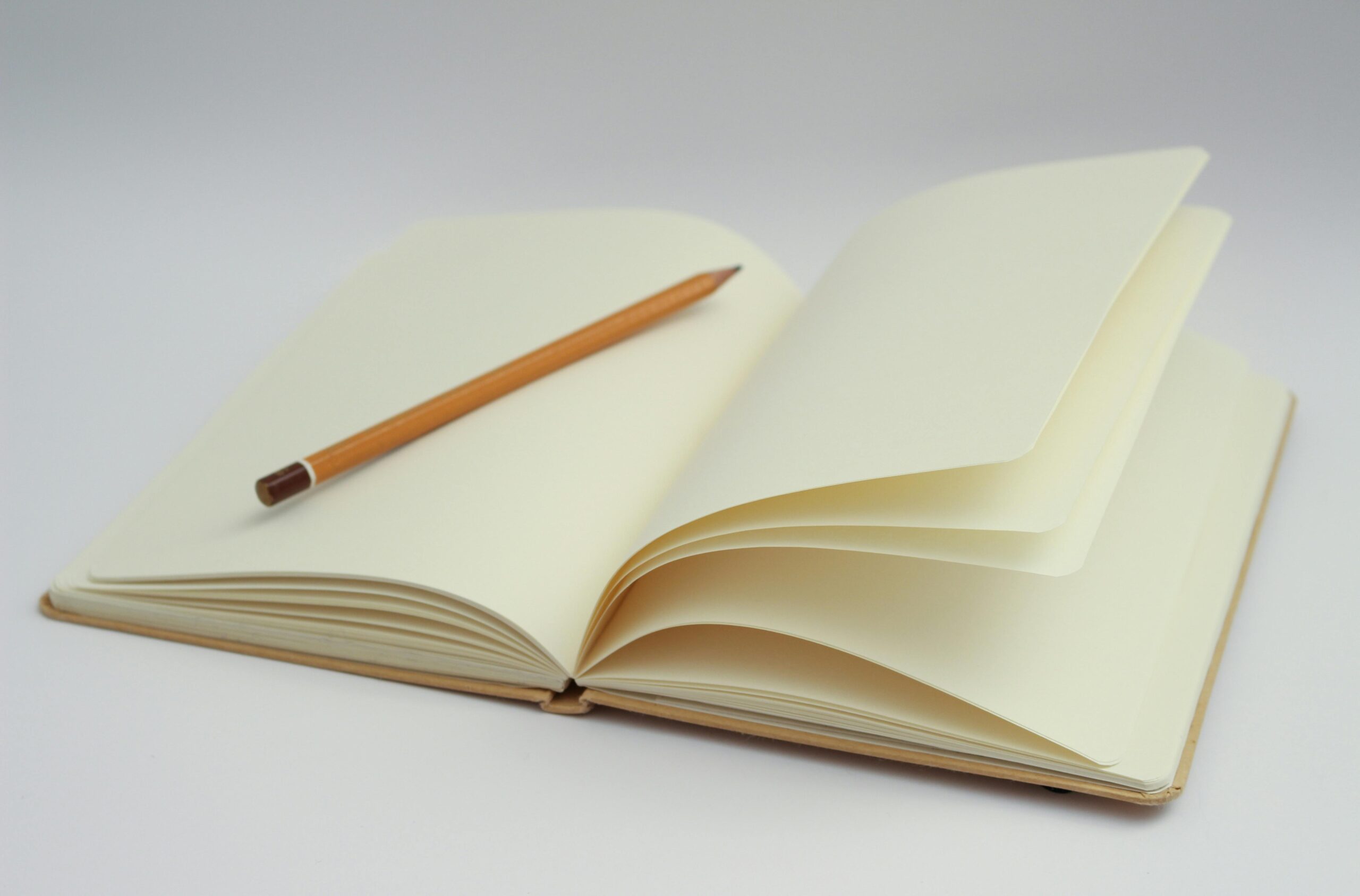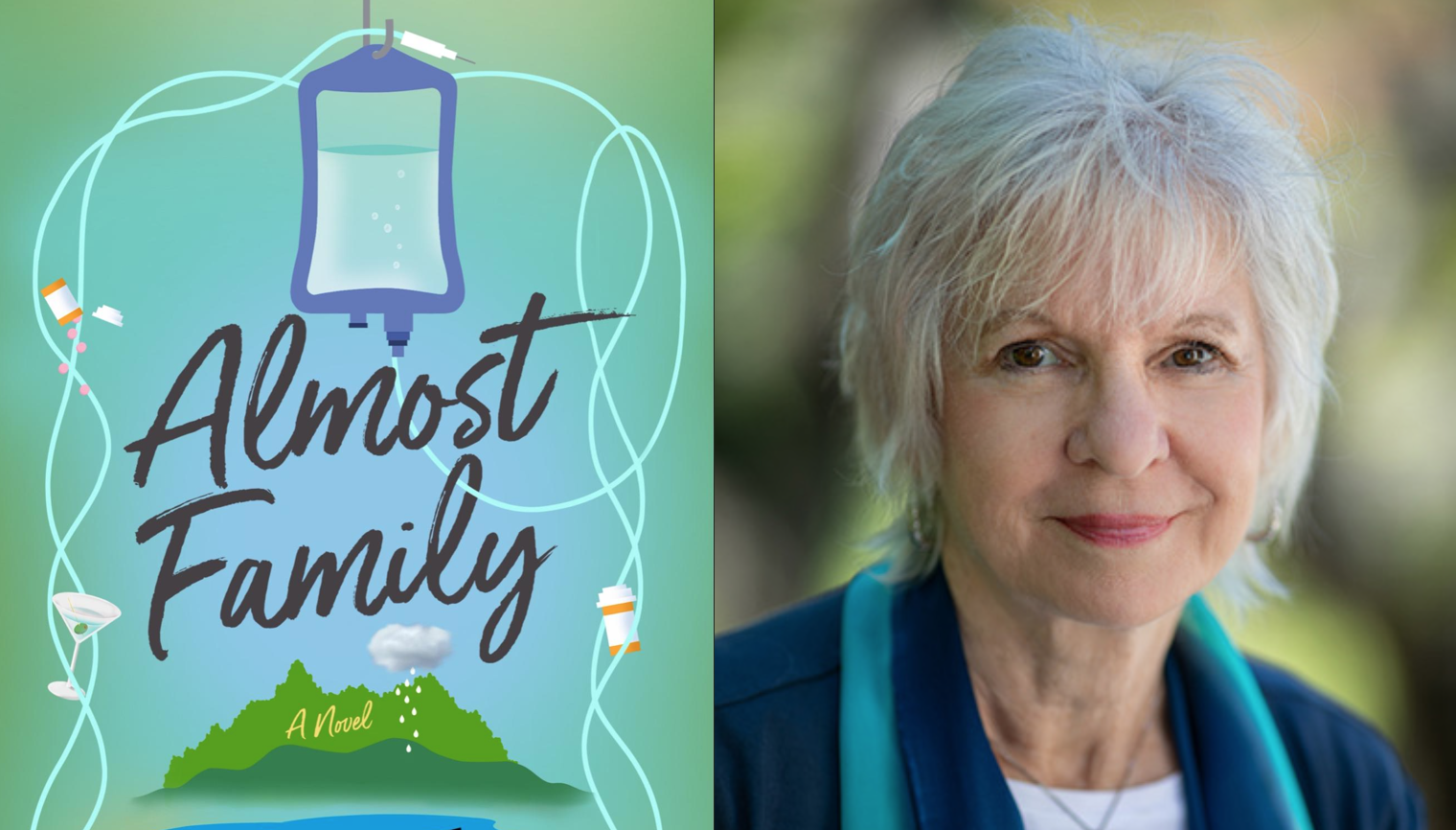
It has been described as “a book of planetary urgency; a playbook for industries, universities, countries, and is is the epitome of a nation’s reputation and legacies” by Richard Hsu, Professor of Practice at Tongji University School of Design and Innovation, China, which gives you an idea of how renowned Danish design expert Ditte Lysgaard Vind’s work is having an impact globally.
It’s safe to say that we are all aware of the urgency of sustainability and finding eco-minded ways to manage our individual carbon footprints. But beyond the major fight to hold corporations and big polluters accountable, where do entire industries look to find sustainable pathways that also make the most efficient practices? When it comes to the design world, Ditte Lysgaard Vind stands apart from the rest and her new book is sharing her innovative approach with a wider audience.
Ditte is a renowned circular economy and design expert and practitioner, based in Denmark, where she is the Chairwoman of the Danish Design Council. She is known for pioneering new materials as well as business models while sharing the knowledge gained from practice through teaching and thought leadership. She is the founder of The Circular Way – a unique and innovative approach to the way materials are sourced and used for design purposes so that it does not continue to harm the environment.
Ditte is also the author of ‘Danish Design Heritage and Global Sustainability‘ (Routledge), a new thought-provoking book offering insights into the origins of the much-celebrated Danish design tradition and how it can be employed to create design solutions to address today’s environmental crisis.
In the book, Ditta presents a range of case study examples across multiple sectors and includes interviews with Danish designers from architecture, furniture, fashion, digital and industrial design, providing unique insights by some of the world’s leading contemporary designers.
When we learned about Ditte’s work, we jumped at the chance to interview her, as we had so many questions that you might be thinking about too –
- What is The Circular Way?
- What we can learn from Danish Design Circular design in action like Denmark’s new residential project “the Resource Rows” which uses 100% recycled material to allow inhabitants to live in a community of attractive, modern buildings that are also sustainable?
- Why do we need to shift our thinking to one where designing for a social purpose is not a burden but an opportunity to make our designs better?
- And how do we turn plastic waste into value?
To answer these questions and more, scroll down for our interview with a pioneer in environmental sustainability and design.
Can you tell us where your career in design began, and what drew you to this industry?
My interest in and understanding of the power of design came back in 2014 when I invested in a baby clothing company based on the circular business model “product as a service” where you do not buy the products but lease it – incentivizing the business to produce for longevity benefitting people, planet and profit – and where it was eminent that design played a key role both of the business model but in particular to ensure longevity of the products.
Danish design is world-renowned for its innovation and ability to push the industry beyond the norms. How did the Danish culture become so effective in this area?
I think there are several things at play. One, we are a country with limited natural resources so making the most of our resources has always been the go-to solution. Secondly, the Danish societal model with a welfare state, where many have the means to buy quality but few the opportunity to splurge, has been a key driver for creating what we today known as the Danish design heritage. Thirdly, our small size and free higher education provides a great context and skills for innovation.
You are the founder of the Circular Way. Can you tell us what this is, and what impact it has on many aspects of a person’s life?
The Circular Way is my attempt to unpack the circular economy and make it clear that it is a toolbox and a way to operationalize the necessary transformation. The key point being how we design for better resource usage to decouple material consumption and carbon emissions from value creation. I operationalized this using the well-known model of the 4R’s for The Circular Way (Reduce, Reuse, Recycle & Replace) to highlight four overall avenues and how they hold different potentials for unlocking value for people, while staying within the planetary boundaries.
From an individual perspective this means firstly thinking about reducing our consumption and ask ourselves whether it truly creates value for us, or if at least a large part of the things we buy are mainly cluttering both our minds and spaces. The things we do truly want to buy, let them be reused items as much as possible. And when buying new, look for products made with recycled and or biobased materials.
As a woman and leader in an industry that seems to be so male-dominated, what have your experience been like so far, and have you had to navigate any gender barriers?
I am privileged to have grown up with great entrepreneurial female role models which I have later realized gave me the gift of belonging. So rather, if it is in a boardroom or in the tool shop my natural state is that I belong there as much as any man and my voice is relevant. But of course, I have had plenty of experiences where I have initially been mistaken for being the assistant or simply overlooked, which goes to show both the importance of role models and most importantly that we still have a structural and cultural problem that we need to work at fixing for both current and future generations.
Can you tell us about your new book “Danish Design Heritage and Global Sustainability” and why you wrote this?
I wrote the book because I am a stubborn optimist and with the Danish design heritage I was inspired by how the social purpose of rebuilding and democratizing wellbeing after the world wars was used as a positive creative constraint. It is my hope that we can learn from that and start using the planetary boundaries as positive constraints that heightens the ambition and final solution, rather than seeing sustainability as something that lessens the final solution making it uglier and more expensive.
In general, I also see great potential for design to help us question status quo and all the things we take for granted as natural. Most importantly, I believe it can help shape a future we don’t yet know, and move us from despair to not just repair but to reimagine a better world where people thrive within the planetary boundaries.
Who are some of the most exciting designers you have interviewed, and what are they creating that makes you hopefully for the future?
Oh, that is such a good question! When I was writing the book I was privilege to have some great conversations. I really respect all the interviews and case examples in the book but if I am to highlight one it would be: TAKT a Danish furniture brand that have combined the Danish design heritage with business innovation to provide high quality design at a democratic price point, while continuously working to improve use value by moving toward creating revenue streams from repair rather than new sales. With this model they are paving the way for a business model driven by use rather than exchange value.
Why is it important that we shift our thinking to one where designing for a social purpose is not a burden but an opportunity to make our designs better?
Quite frankly we are in deep trouble and its only getting more difficult. We need to significantly reduce our carbon emissions and biodiversity loss while at the same time enable wellbeing for people where more and more are entering the middle class. So, we need to do more with a lot less – and that takes a new paradigm and a systemic shift where we allow ourselves to think outside existing norms and define success as the ability to create value for people while staying within the planetary boundaries and using that ambition as the driver for innovation.
You can learn more about Ditte Lysgaard Vind and The Circular Way HERE, subscribe to her Substack, follow her work on Twitter and Instagram, and buy a copy of her new book ‘Danish Design Heritage and Global Sustainability’.

















